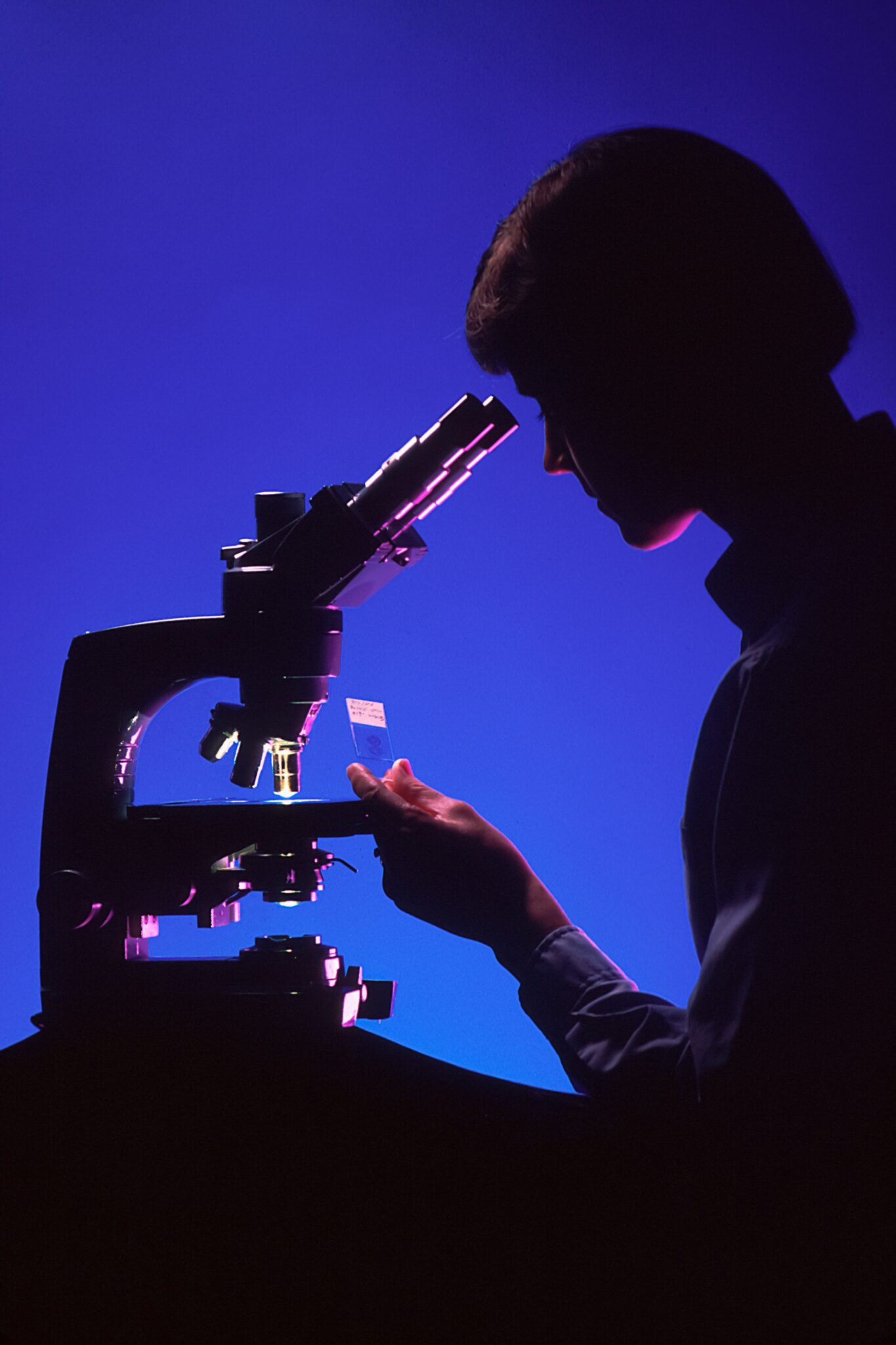Science has always been at the forefront of innovation and discovery, constantly pushing the boundaries of what we thought was possible. From unlocking the secrets of DNA to exploring the furthest reaches of space, science has opened up a whole new world of possibilities that were once unimaginable. In recent years, there have been some truly groundbreaking breakthroughs in science that are changing our world as we know it. Join us as we explore some of these revolutionary developments that are sure to leave you amazed and inspired!
The Higgs Boson Particle
The Higgs Boson Particle, also known as the “God particle,” caused a great deal of excitement in the scientific community when it was first discovered. This elusive particle had been predicted by physicists for over 50 years but remained unobserved until its discovery at CERN’s Large Hadron Collider (LHC) in 2012.
The Higgs boson is a crucial piece of the Standard Model of Physics that explains why particles have mass. Before its discovery, scientists were left with an incomplete understanding of how particles interacted with each other and why they possessed mass.
To detect the Higgs boson, scientists used the LHC to smash protons together at incredibly high speeds. The resulting collisions produced a burst of energy that could be analyzed to identify any new particles created during the collision.
While there is still much research to be done on this tiny particle, its discovery has already led to many practical applications such as improving medical imaging techniques and developing new technologies for radiation therapy. Needless to say, the discovery of this particle has opened up a whole new realm of possibilities for scientific exploration!
CRISPR
CRISPR, or Clustered Regularly Interspaced Short Palindromic Repeats, is a revolutionary molecular tool that can edit the genetic code of living organisms. This technology allows scientists to make precise changes to DNA sequences and has the potential to cure diseases and even prevent certain genetic disorders.
The discovery of CRISPR has opened up new possibilities in various fields such as agriculture, medicine and biotechnology. In agriculture, scientists are using CRISPR technology to modify crops with higher yield and resistance against pests. Meanwhile, researchers in medicine are exploring its use for gene therapy where they aim to correct defective genes causing diseases.
One of the most significant breakthroughs using CRISPR was achieved by Chinese scientist He Jiankui who edited the DNA of twin girls before their birth in 2018. While this sparked controversy over ethical concerns surrounding human genome editing, it also proved that CRISPR is capable of altering hereditary traits.
Despite its immense potential for good, there are fears that unregulated use of CRISPR could lead to unintended consequences such as genetic mutations or creating “designer babies”. However, many researchers argue that strict regulations can ensure safe and responsible use while still harnessing its benefits.
It’s clear that CRISPR holds enormous promise for revolutionizing various aspects of our lives from healthcare to food production.
The Large Hadron Collider
The Large Hadron Collider, or LHC for short, is the world’s largest and most powerful particle accelerator. Located in Switzerland, it was created to study some of the most fundamental questions about our universe.
At its core, the LHC works by accelerating protons to nearly the speed of light before smashing them together. These collisions allow scientists to observe particles that are too small to see with traditional microscopes.
One of the main goals of studying these tiny particles is to better understand how our universe was formed. By recreating conditions similar to those present during the Big Bang, scientists hope to uncover clues about what happened in those first few moments after our universe began.
In addition to studying particle physics, researchers at the LHC have also made breakthroughs in other fields such as medical imaging. The technology used in creating and analyzing data from proton collisions has been adapted for use in detecting cancer cells and other diseases.
While there have been some concerns over safety issues regarding black holes or strangelets being created at the facility, they have all been proven unfounded by numerous studies conducted by experts around the world. Today, research continues at a breakneck pace as we continue unlocking more secrets of this mysterious universe we inhabit.
Dark matter and dark energy
The concept of dark matter and dark energy has taken the world of science by storm. These invisible entities make up about 95% of the universe, yet we still know so little about them.
Dark matter is an elusive substance that does not interact with light or any electromagnetic radiation, making it impossible for us to observe directly. Scientists believe it exists because without its gravitational pull, galaxies would simply fly apart.
On the other hand, dark energy is believed to be responsible for the accelerated expansion of our universe. It’s a mysterious force that counteracts gravity on a cosmic scale. While scientists have detected this force indirectly through observations of distant supernovas, very little else is known about it.
While both dark matter and dark energy remain enigmas in astrophysics and cosmology respectively, they represent some of the most exciting mysteries in physics today. Understanding these concepts could unlock profound insights into how our universe works at its core – and change our understanding of reality itself.
Elon Musk’s Neuralink
Science has been making revolutionary breakthroughs that are changing our world. The discovery of the Higgs Boson particle, the invention of CRISPR technology, and the workings of dark matter and dark energy have all opened up new frontiers in scientific research. The Large Hadron Collider continues to push boundaries in physics while Elon Musk’s Neuralink is paving a way for innovative medical treatments.
As we continue to explore these remarkable discoveries further, it’s clear that they will bring about even more advancements in science and technology. It’s exciting to think about what else lies ahead as we continue to learn more about ourselves and our universe with each passing day.








